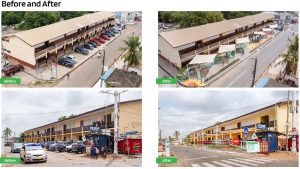
By Desmond C. APPIAH
In the heart of Accra, a quiet revolution is taking root. An oasis of peace and quiet has been piloted to enhance the learning environment and improve safety for children at school.
Can this be the beginning of a quiet revolution, where the hum of engines and the haze of exhaust would not be daily companions for pupils in our urban areas?

At Osu Salem 1 Primary School, a former parking lot once choked with vehicles in front of the school with little space for doing the supposedly “usual kids’ stuff” has been transformed into a vibrant play and learning space, complete with shaded areas, colourful walkways, and safe, car-free zone.
The project is “Removing Pollution from Play” and undertaken by Global Designing Cities Initiatives (GDCI) in collaboration with the Korle Klottey Municipal Assembly and supported by the Clean Air Fund.
This initiative, aimed at protecting children from the dangers of air pollution in urban environments especially near schools, is the first pilot project in Africa to integrate air quality monitoring with enhancing public health and a focus on children.
A hidden threat to childhood
Air pollution is often an invisible enemy and referred to as the silent killer. In Accra, where vehicular emissions contribute over 40 percent of total air pollution, children are among the most vulnerable. Unfortunately, this scenario is same in all major cities in Ghana and an emerging threat in the secondary cities.
Their developing lungs, smaller airways, heights and higher breathing rates make them more susceptible to respiratory diseases, poor academic performance, and long-term health complications.
Many schools are located near busy roads or within congested neighbourhoods. That means children are exposed to harmful pollutants daily, just by walking to class or playing outside.
Yet, awareness of this threat remains limited. Data on its impact, particularly in Ghana, is now being gathered. That’s where the “Removing Pollution from Play” project steps in.
Collaborative action for cleaner air
Launched in June 2023, the project began with training sessions for 43 local practitioners, focusing on the link between air pollution and child health.
The initiative, led through close collaboration with the Korle Klottey Municipal Assembly (KoKMA), the Education Directorate, the Health Directorate, Department of Urban Roads, the Spatial Planning Department, the school, church and private businesses around the project site, is a powerful example of what coordinated local action can achieve.
Their joint efforts helped redesign the school’s outdoor space and surrounding streets, transforming the environment from vehicle-dominated to child-centred. Streets around the school are now closed to traffic during school hours, from 6:30 a.m. to 3:30 p.m., and the school compound has been reimagined to promote active play, safety, and learning with air quality and noise monitoring.
Measurable Impact: Cleaner air, quieter learning, safer spaces
The results are both visible and measurable.
During school hours, traffic restrictions have removed the equivalent of 259 trucks’ worth of emissions from the streets daily. Children now benefit from 350 square metres of new play space and 450 square metres of pedestrianised streets.
Heat stress has been reduced significantly, with surface temperatures dropping by 10°C and shaded air temperatures falling by 2°C, making the space usable throughout the day for the children.
Notably, noise pollution, often overlooked but critical to a conducive learning environment, has been cut by 60 percent during school hours. Teachers report calmer classrooms, reduced distractions, and more focused learners.
Teachers attest that the place used to be full of cars and constant honking. Now, it feels like it belongs to the children. They breathe easier, concentrate better, and enjoy coming to school.
The project has also improved road safety, eliminating the potential for crashes during school hours and adding crosswalks for safer pedestrian movement when school is not in session.
A model for safe, child-friendly cities
Beyond the school gates, the initiative has ignited conversations about urban planning, child rights, and environmental justice.
By combining street-level interventions, data collection, and community engagement, Removing Pollution from Play demonstrates that healthier, more equitable urban spaces are achievable with the right partnerships and political will.
The project has shown that cleaner air, safer streets, and happier pupils can go hand in hand. Now it is time to scale up and take this model to other schools across the country.
As Ghana’s cities continue to expand and traffic congestion increases, this project offers a timely and tangible solution: prioritize children’s health by reshaping the spaces where they live, learn, and play.
The writer is the Country Lead, Clean Air Fund – Ghana.
The post Safer streets bright futures: The Osu Salem 1’s story appeared first on The Business & Financial Times.
Read Full Story
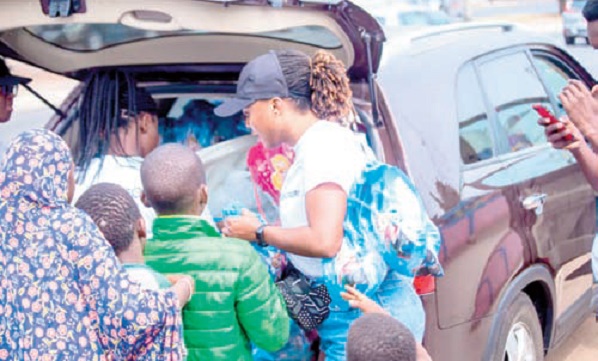





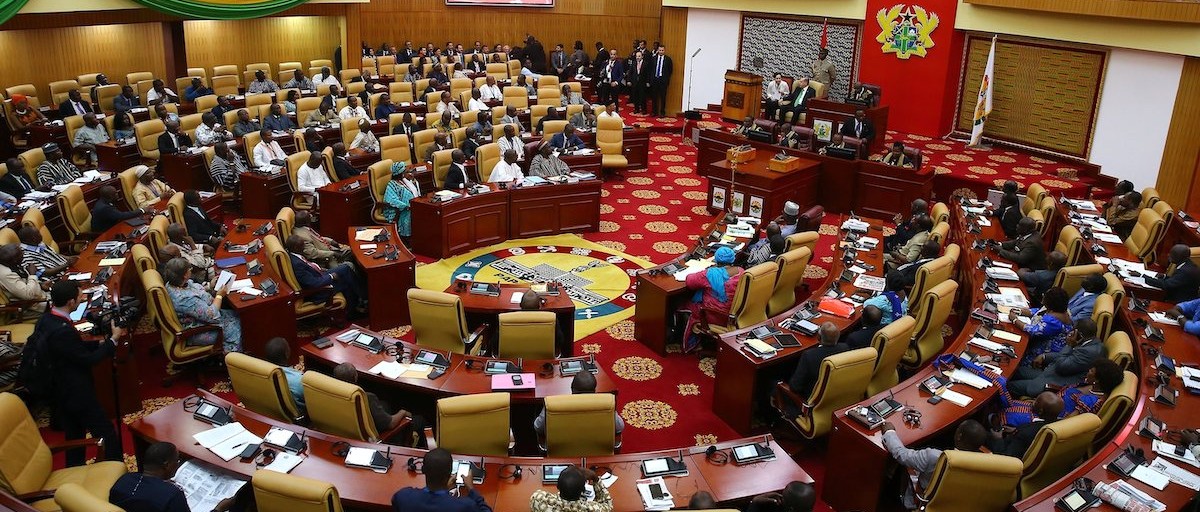


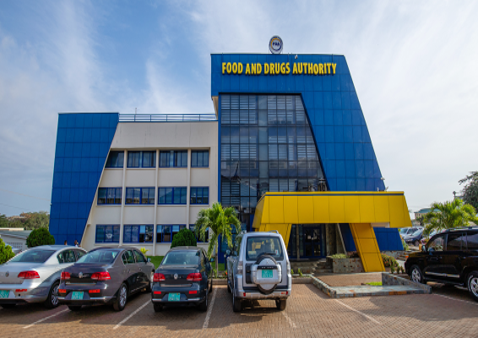
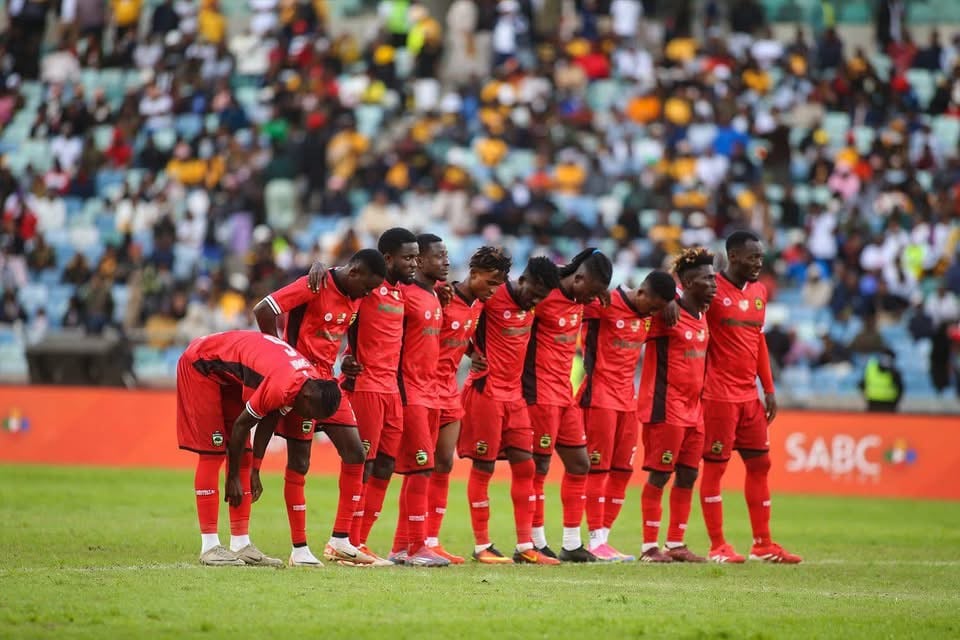

Facebook
Twitter
Pinterest
Instagram
Google+
YouTube
LinkedIn
RSS